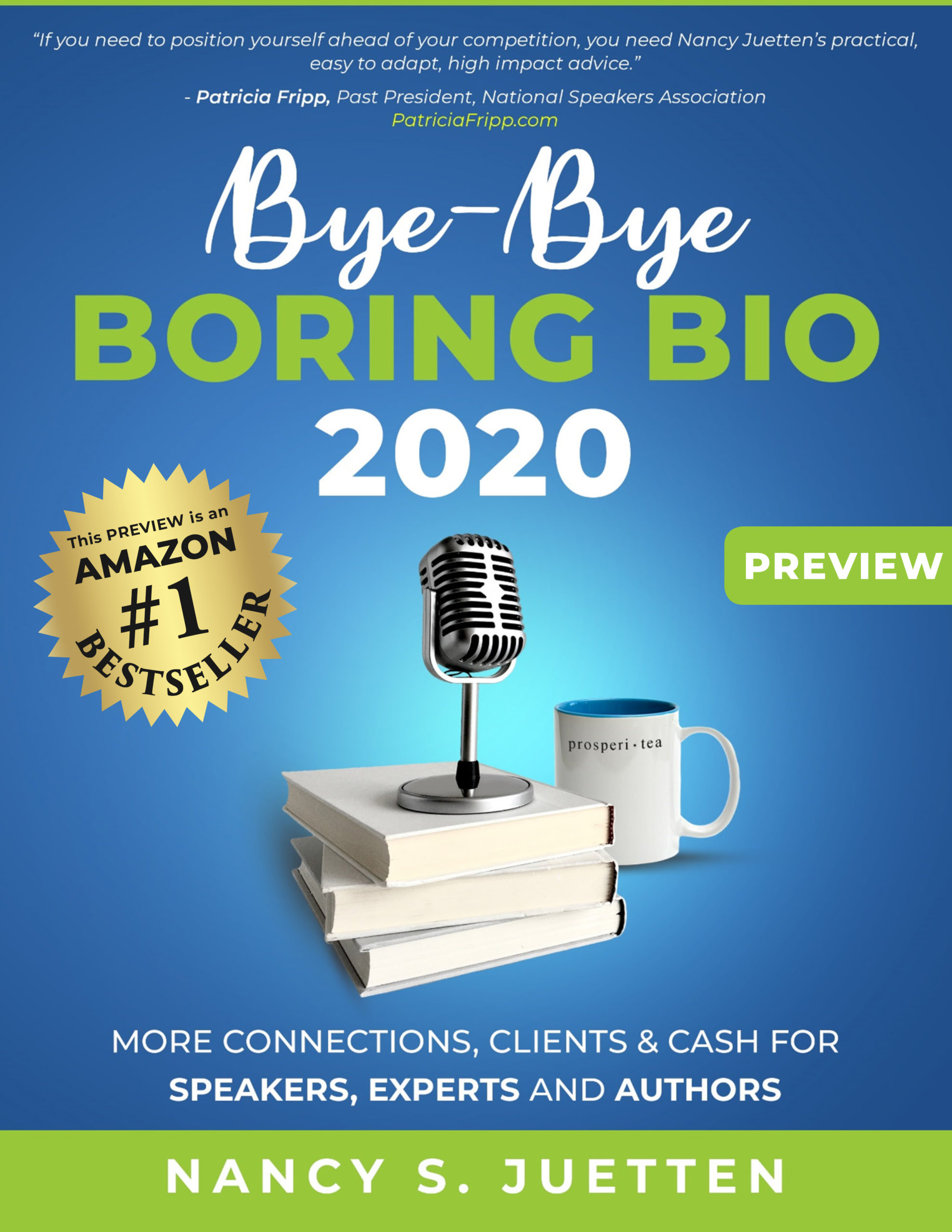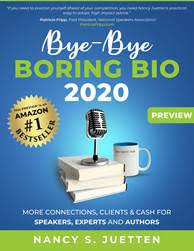You've worked hard to enlist the interest of the media in your story. Your pitch or press release paid off.
Now, the real task is making sure you share your message in a winning way so the story to debut reflects well on your brand and reputation and supports the objectives you have for sharing the news in the first place.
 Today, I am pleased to share a guest blog post from Lynn Espinoza, president of Speak! Communications. Lynn is a broadcast veteran with 15 years of experience as a major-market news anchor and reporter. In addition to the Emmy, her work earned several Associated Press awards and the McGraw-Hill Editorial Excellence award. She was the Global Director of Communications Training for Waggener Edstrom Worldwide before starting Speak! Communications. Prior to that, she led national and regional consumer and technology campaigns as public relations manager for drugstore.com and as the primary Northwest spokesperson for telecommunications giant US WEST (now QWEST).
Today, I am pleased to share a guest blog post from Lynn Espinoza, president of Speak! Communications. Lynn is a broadcast veteran with 15 years of experience as a major-market news anchor and reporter. In addition to the Emmy, her work earned several Associated Press awards and the McGraw-Hill Editorial Excellence award. She was the Global Director of Communications Training for Waggener Edstrom Worldwide before starting Speak! Communications. Prior to that, she led national and regional consumer and technology campaigns as public relations manager for drugstore.com and as the primary Northwest spokesperson for telecommunications giant US WEST (now QWEST).
Needless to say, Lynn knows a thing or two about preparing a winning message for the media. Take it away Lynn.
The economy has shaken the news-gathering industry to its core. Newspapers are disappearing; television reporters are losing their jobs in numbers we’ve never seen – both nationally and locally. The impact on you is that your chance of getting ink or camera time is greatly reduced. You need to stand out – to provide something different or unexpected – if you want to attract the attention of strapped news editors.
Don’t despair. You can still get great press, if you follow some tried and true tips:
Spend time crafting your story.
A product announcement is not a story. Your story lies behind the product or initiative. Before you get to those all-important key messages, chart out the three distinct parts of your story; the beginning, the end, and what happens in-between. List all of the proof-points that strengthen your story, and figure out where they fit best. The beginning should speak to the real-world problem that your product or initiative solves. The middle should include what you heard from your customers about how a product like yours will solve their problems. The end requires real-world examples of how your product or initiative will change the way people do things. If you don’t have all three elements, you might have all you need for a nice press release, but you don’t have a compelling story to attract a news editor.
Tie your story to trends.
Let me give you an example. Athletic gear- maker Reebok was in the process of launching a new athletic shoe line for women. Let’s face it, the announcement of a new sneaker is not much of a story. But Reebok really did the homework and found out some interesting things about women and working out. While men want their athletic gear to say “strong and serious”, women, it turns out, want their gear to say “fun and healthy”. It’s a new and growing trend. So they built a shoe line that looks and feels different than the traditional athletic shoe, and then they built a story around a woman’s emotional tie to “fun and healthy”. It was a big success for them. In many cases, you don’t have to do exhaustive research. Just watch and listen for the trends happening in your target audience, and build your stories accordingly.
Avoid Jargon.
If your key message looks something like this:
“ We’ve developed a robust ecosystem to address the lack of connective tissue between our customers’ business objectives and the economic realities.”
STOP!!!!!
Reporters have grown impatient with spokespeople who don’t speak like humans! You want to connect with the broadest-possible audience, in a way that appeals to the audience on an emotional level. Instead of the message above, you want your message to look more like this:
“In this rotten economy, our customers told us they need to do more with less”.
I have suggested reading on this topic: Why Business People Speak Like Idiots: A Bullfighter’s Guide by Brian Fugere, Chelsea Hardaway, and Jon Warshawsky. It’s my favorite business book.
Be authentic.
Before you speak to a reporter, make sure that you’re completely comfortable with your key messages. Are the messages in language that you would use naturally? Do you really believe them? If the answer to both questions is yes – take a breath and relax. You don’t need to be perfect when you speak. An occasional “um” or “uh” will not tank an interview. Sit up straight, focus on eye contact, and trust that you have made the messages yours. If the answer to the question is no, CHANGE the messages so that they work for you. If it doesn’t sound like your messages are authentic to you, the reporter will easily pick up your discomfort, and may assume that you’re covering up something, or worse, lying.
Expect to be asked about the economy.
The economy remains the biggest story for every news operation. Whatever the purpose of your interview, be ready for a question or two about the economy. Can you tie your product to the economy in a positive way? That’s great! Point it out! You may also hear questions you don’t necessarily want, such as, “You’re really struggling in this economy, aren’t you?” or, “How many people are you laying-off this quarter?” Come up with answers to questions like this before an interview. Be as honest as you can. Just don’t get caught off-guard!
As always, remember that reporters are not your friends AND they’re not your enemies. Know your story; speak it well; show your passion. And then sit back and watch the great coverage roll in.
Thanks Lynn for sharing useful tips to help do-it-yourself publicists make the most of their interview opportunities. And here is one final tip from me.
When you lay awake the night before your interview and imagine what you want the front page of your local newspaper, business journal, or trade journal to reveal about you and your company, what three messages are most important? Be clear about what they are, and share them in a cogent, compelling, memorable and BRIEF way. A good sound bite beats a manifesto every day of the week.
Stay tuned for Wednesday's special guest post from PR Secrets CEO and Founder Susan Harrow who has some value to add to the sound bite conversation.


